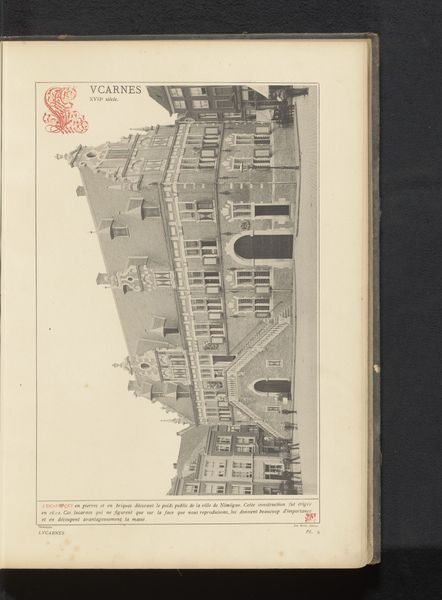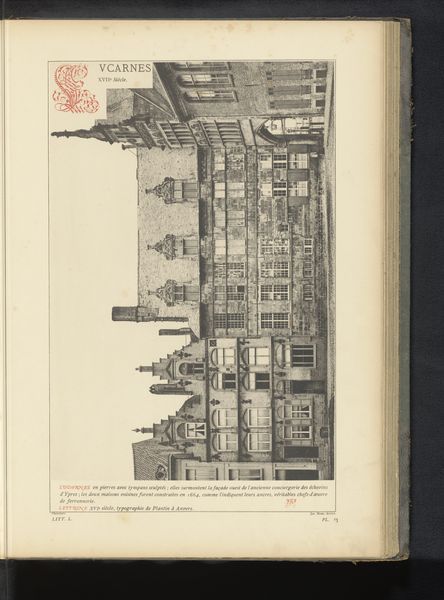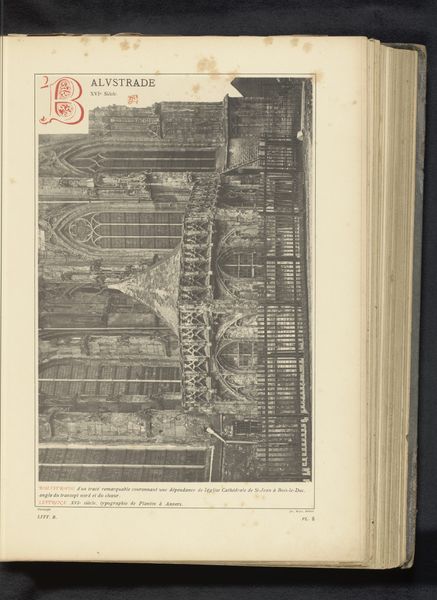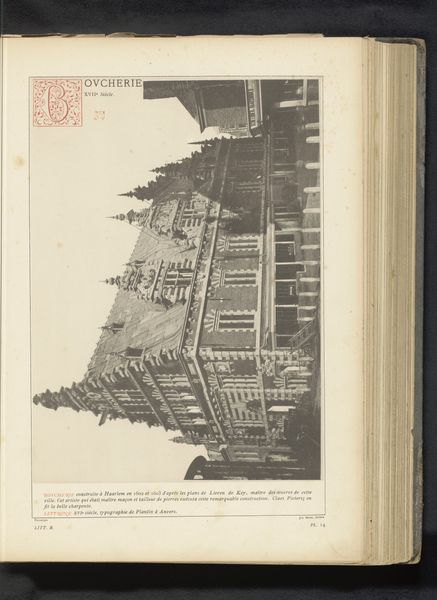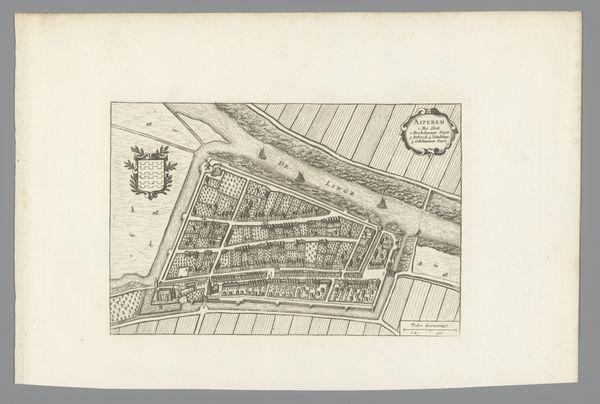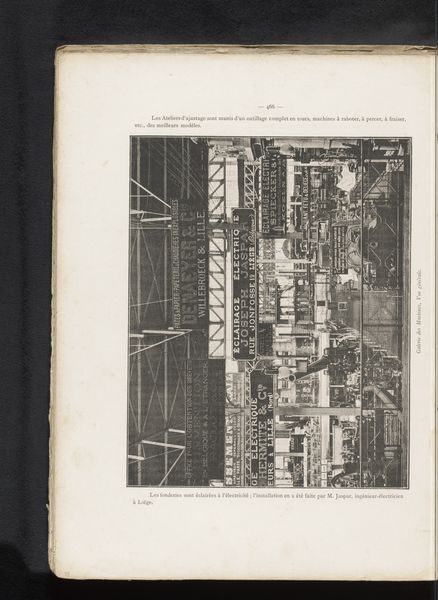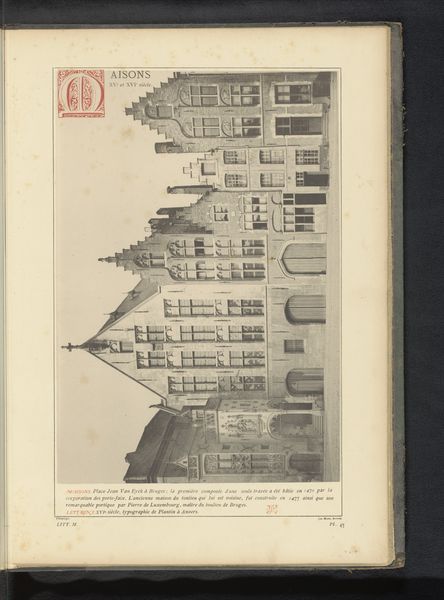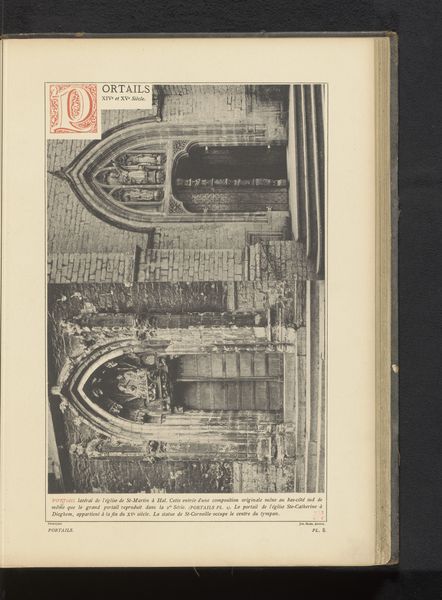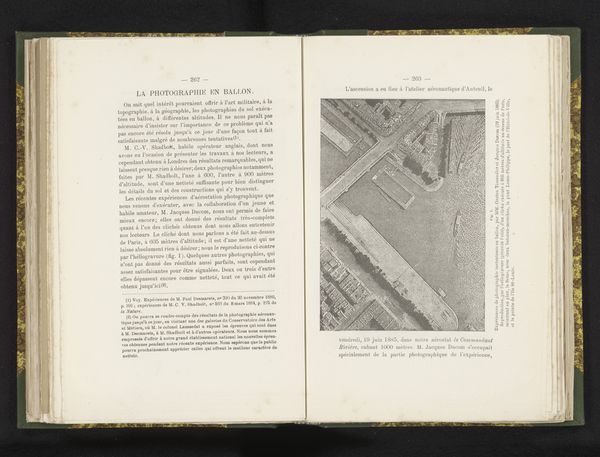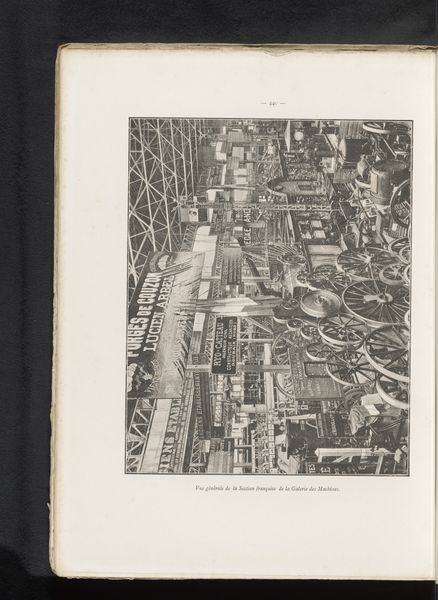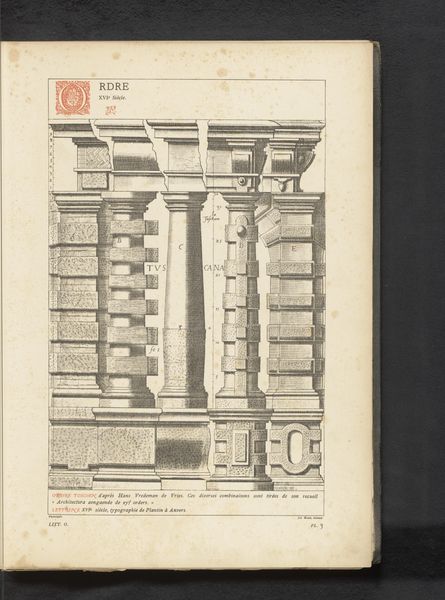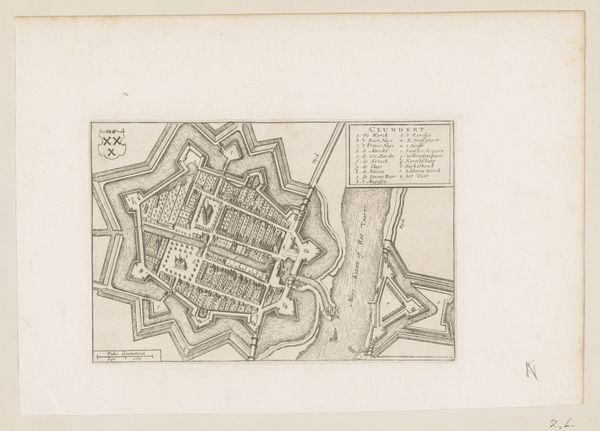
Reproductie van een prent van de afkondiging van de Vrede van Munster voor het stadhuis in Antwerpen door Wenceslaus Hollar before 1880
0:00
0:00
Dimensions: height 231 mm, width 341 mm
Copyright: Rijks Museum: Open Domain
Curator: Looking at this image, I see such fine, precise linework, really impressive. It almost vibrates on the page. Editor: And what exactly is presented here? This is a reproduction of a print attributed to Wenceslaus Hollar from before 1880. It depicts the proclamation of the Peace of Munster in front of the town hall in Antwerp. So, immediately we must ask: What function does an image like this serve, being reproduced in this particular era? Curator: I think it’s interesting to focus on that question of "reproduction". The original engraving by Hollar was, itself, a means of distributing imagery, right? Making events like this more widely accessible through relatively mass produced art. Editor: Absolutely. And notice how the city is constructed, the very staging of the event, framed as a key moment in socio-political identity. The building looms so impressively – a real signifier of power, stability, and perhaps the re-establishment of order. Who commissioned the engraving and its reproductions? What class were they intended for, and how were they distributed? Curator: From a material point of view, think about the tools used to create those lines, the skills required for etching, the printing presses needed for reproducibility…each step influences the image itself. What did access to those materials mean for the artist and for others who tried to reproduce images, scenes, objects? Editor: Also, who is present in the picture matters enormously, shaping narratives around the event and public opinion. But those decisions always reflect contemporary tastes and prejudices too. Curator: Thinking about those prejudices – about line versus tone, too – that engraving aesthetic emphasizes rationality and clarity and linearity, which I feel serves the overall impression. And I also notice the amount of effort that it must’ve taken someone to recreate these works. How could this tell us something more about its time? Editor: This piece makes you consider the labor involved in representing significant political events, and who controls that labor and representation. I find this element particularly important in viewing such pieces of historical imagery, inviting all of us to reexamine dominant cultural memory critically.
Comments
No comments
Be the first to comment and join the conversation on the ultimate creative platform.
